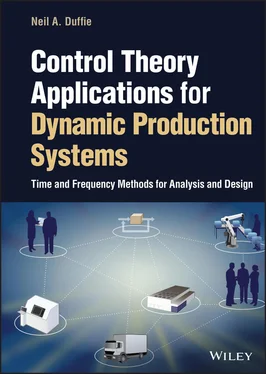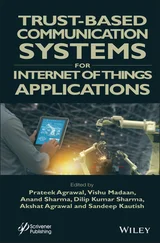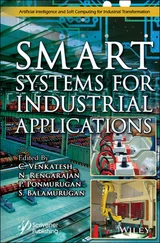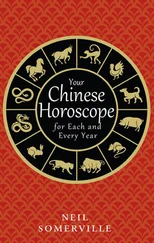66 50
67 51
68 52
69 53
70 54
71 55
72 56
73 57
74 58
75 59
76 60
77 61
78 62
79 63
80 64
81 65
82 66
83 67
84 68
85 69
86 70
87 71
88 72
89 73
90 74
91 75
92 76
93 77
94 78
95 79
96 80
97 81
98 82
99 83
100 84
101 85
102 86
103 87
104 88
105 89
106 90
107 91
108 92
109 93
110 94
111 95
112 96
113 97
114 98
115 99
116 100
117 101
118 102
119 103
120 104
121 105
122 106
123 107
124 108
125 109
126 110
127 111
128 112
129 113
130 114
131 115
132 116
133 117
134 118
135 119
136 120
137 121
138 122
139 123
140 124
141 125
142 126
143 127
144 128
145 129
146 130
147 131
148 132
149 133
150 134
151 135
152 136
153 137
154 138
155 139
156 140
157 141
158 142
159 143
160 144
161 145
162 146
163 147
164 148
165 149
166 150
167 151
168 152
169 153
170 154
171 155
172 156
173 157
174 158
175 159
176 160
177 161
178 162
179 163
180 164
181 165
182 166
183 167
184 168
185 169
186 170
187 171
188 172
189 173
190 174
191 175
192 176
193 177
194 178
195 179
196 180
197 181
198 182
199 183
200 184
201 185
202 186
203 187
204 188
205 189
206 190
207 191
208 192
209 193
210 194
211 195
212 196
213 197
214 198
215 199
216 200
217 201
218 202
219 203
220 204
221 205
222 206
223 207
224 208
225 209
226 210
227 211
228 212
229 213
230 214
231 215
232 216
233 217
234 218
235 219
236 220
237 221
238 222
239 223
240 224
241 225
242 226
243 227
244 228
245 229
246 230
247 231
248 232
249 233
250 234
251 235
252 236
253 237
254 238
255 239
256 240
257 241
258 242
259 243
260 244
261 245
262 246
263 247
264 248
265 249
266 250
267 251
268 252
269 253
270 254
271 255
272 256
273 257
274 258
275 259
276 260
277 261
278 262
279 263
280 264
281 265
282 266
283 267
284 268
285 269
286 270
287 271
288 272
289 273
290 274
291 275
292 276
293 277
294 278
295 279
296 280
297 281
298 282
299 283
300 284
301 285
302 286
303 287
304 288
305 289
306 290
307 291
308 292
309 293
310 294
311 295
312 296
313 297
314 298
315 299
316 300
317 301
318 302
319 303
320 304
Production planning, operations, and control are being transformed by digitalization, creating opportunities for automation of decision making, reduction of delays in making and implementing decisions, and significant improvement of production system performance. Meanwhile, to remain competitive, today’s production industries need to adapt to increasingly dynamic and turbulent markets. In this environment, production engineers and managers can benefit from tools of control system engineering that allow them to mathematically model, analyze, and design dynamic, changeable production systems with behavior that is effective and robust in the presence of turbulence. Research has shown that the tools of control system engineering are important additions to the production system engineer’s toolbox, complementing traditional tools such as discrete event simulation; however, many production engineers are unfamiliar with application of control theory in their field. This book is a practical yet thorough introduction to the use of transfer functions and control theoretical methods in the modeling, analysis, and design of the dynamic behavior of production systems. Production engineers and managers will find this book a valuable and fundamental resource for improving their understanding of the dynamic behavior of modern production systems and guiding their design of future production systems.
This book was written for a course entitled Smart Manufacturing at the University of Wisconsin-Madison, taught for graduate students working in industry. It has been heavily influenced by two decades of industry-oriented research, mainly in collaboration with colleagues in Germany, on control theory applications in analysis and design of the dynamic behavior of production systems. Motivated by this experience, the material in this book has been selected to
explain and illustrate how control theoretical methods can be used in a practical manner to understand and design the dynamic behavior of production systems
focus application examples on production systems that can include production processes, machines, work systems, factories, communication, and production networks
present both time-based and frequency-based analytical and design approaches along with illustrative examples to give production engineers important new perspectives and tools as production systems and networks become more complex and dynamic
apply control system engineering software in examples that illustrate how dynamic behavior of production systems can be analyzed and designed in practice
address both open-loop and closed-loop decision-making approaches
present discrete-time and continuous-time theory in an integrated manner, recognizing the discrete-time nature of adjustments that are made in the operation of many production systems and complementing the integrated nature of supporting tools in control system engineering software
recognize that delays are ever-present in production systems and illustrate modeling of delays and the detrimental effects that delays have on dynamic behavior
show in examples how information acquisition, information sharing, and digital technologies can improve the dynamic behavior of production systems
“bridge the gap” between production system engineering and control system engineering, illustrating how control theoretical methods and control system engineering software can be effective tools for production engineers.
This material is organized into the following chapters:
Chapter 1 Introduction . The many reasons why production engineers can benefit from becoming more familiar with the tools of control system engineering are discussed, including the increasingly dynamic and digital environment for which current and future production systems must be designed. Several examples are described that illustrate the opportunities that control theoretical time and frequency perspectives present for understanding and designing the dynamic behavior of production systems and their decision-making components.
Chapter 2 Continuous-Time and Discrete-Time Models of Production Systems . Methods for modeling the dynamic behavior of production systems are introduced, both for continuous-time and discrete-time production systems and components. The result of modeling is differential equations in the continuous-time case or difference equations in the discrete-time case. These describe how the outputs of a production system and its components vary with time as a function of their time-varying inputs. The concepts of linearizing a model around an operating point and linearization using piecewise approximations also are presented.
Читать дальше












